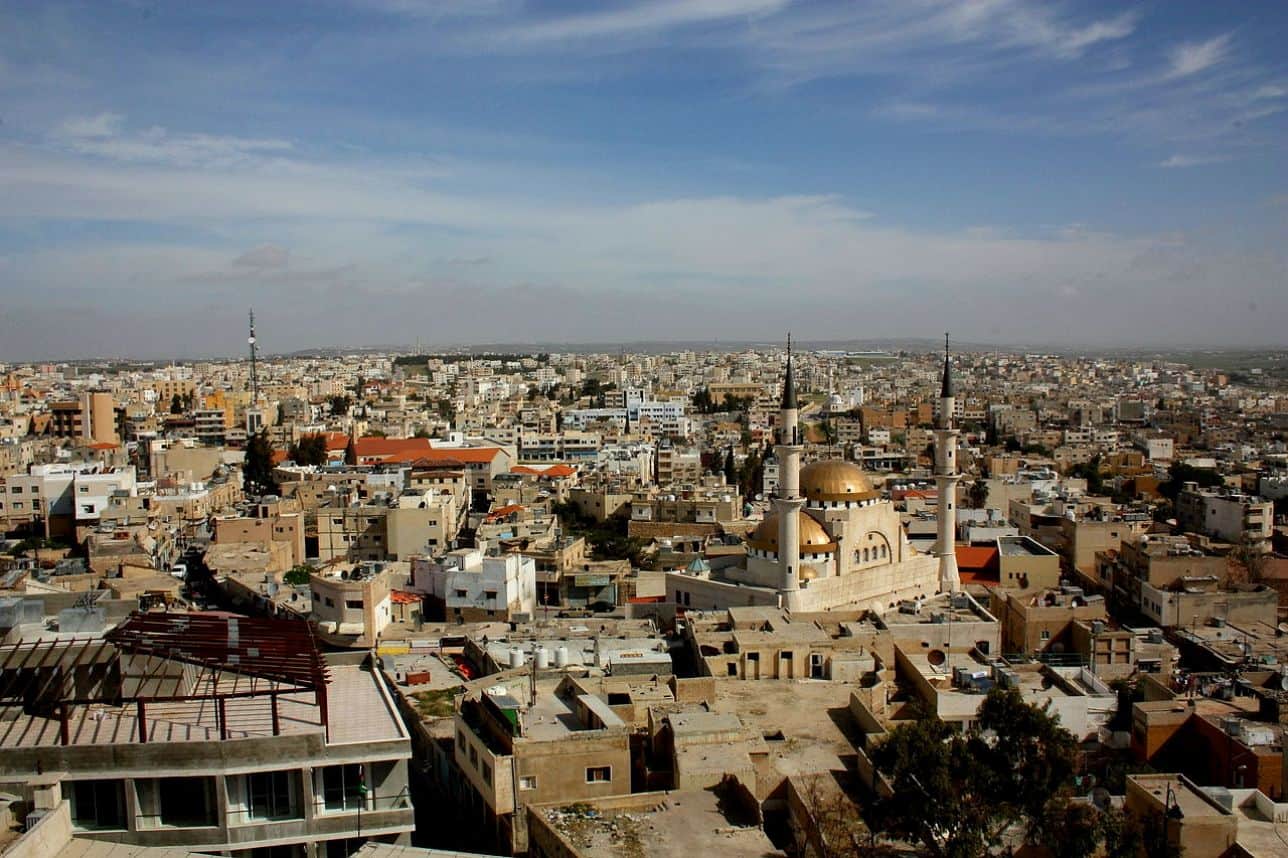AMMAN, JORDAN – Representative of the leather industries and knitting sector at Jordan Chamber of Industry (JCI), Ehab Qadri, said the sector contributes 2.4 percent of the gross domestic product directly.
Qadri noted the sector’s exports achieved a “remarkable” growth during the past year by nearly 21 percent, reaching $2.3 billion, compared to 2021.
The sector is also considered the “easiest and fastest” industry with the capability to grow and expand, as 28 production branches in the governorates were launched, providing 8.5, 000 job opportunities for Jordanians, he said.
In remarks to Petra on Saturday, he said the sector, according to data from Social Security Corporation (SSC), employs approximately 76, 000 workers, constituting 27 percent of the total workforce in the industrial sector.
He said the number of Jordanian workers stand reach 26,000, representing 34 percent of its total staff.
Qadri added that the knitwear sector is a main priority sector within Economic Modernization Vision (EMV), and an “essential” hub among high-value industries, as it seeks to enhance its position locally and regionally.
The sector seeks to diversify exports geographically and commodity-wise, replace expatriate local workers and generate more job opportunities.
He said the EMV included ambitious targets for the sector that put it at the top of all economic sectors, in terms of employment, export growth and value addition.
He said the foremost is increasing value addition by 10 percent annually, to reach about US$3.83 billion in 2033, compared to $1.2 billion in 2022.
One of the EMV goals, according to Qadri, is to raise employment levels in sector at an annual growth rate of 9.5 percent, bringing the total workers within it to approximately 225,000 people in 2033, meaning generating 149,000 job opportunities for Jordanians in the next 10 years.

